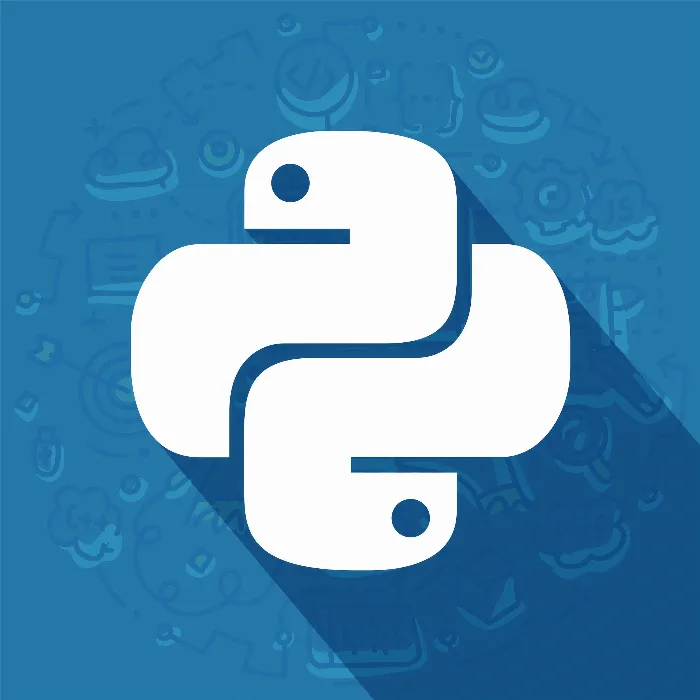In object-oriented programming, the reference to the current object, often referred to as self, plays a crucial role. You will learn how to effectively use this self-reference to shape interaction with classes and objects in Python.
Key Insights
- The self-reference (self) is a convention in Python that allows you to access the properties and methods of the current object.
- self is used as the first parameter in instance methods and references the specific object on which the method was called.
- You can access objects from class methods by passing the object as a parameter.
Exploring the Self-Reference
To fully understand the significance of self, let's consider a simple example. Suppose you have a class Person.
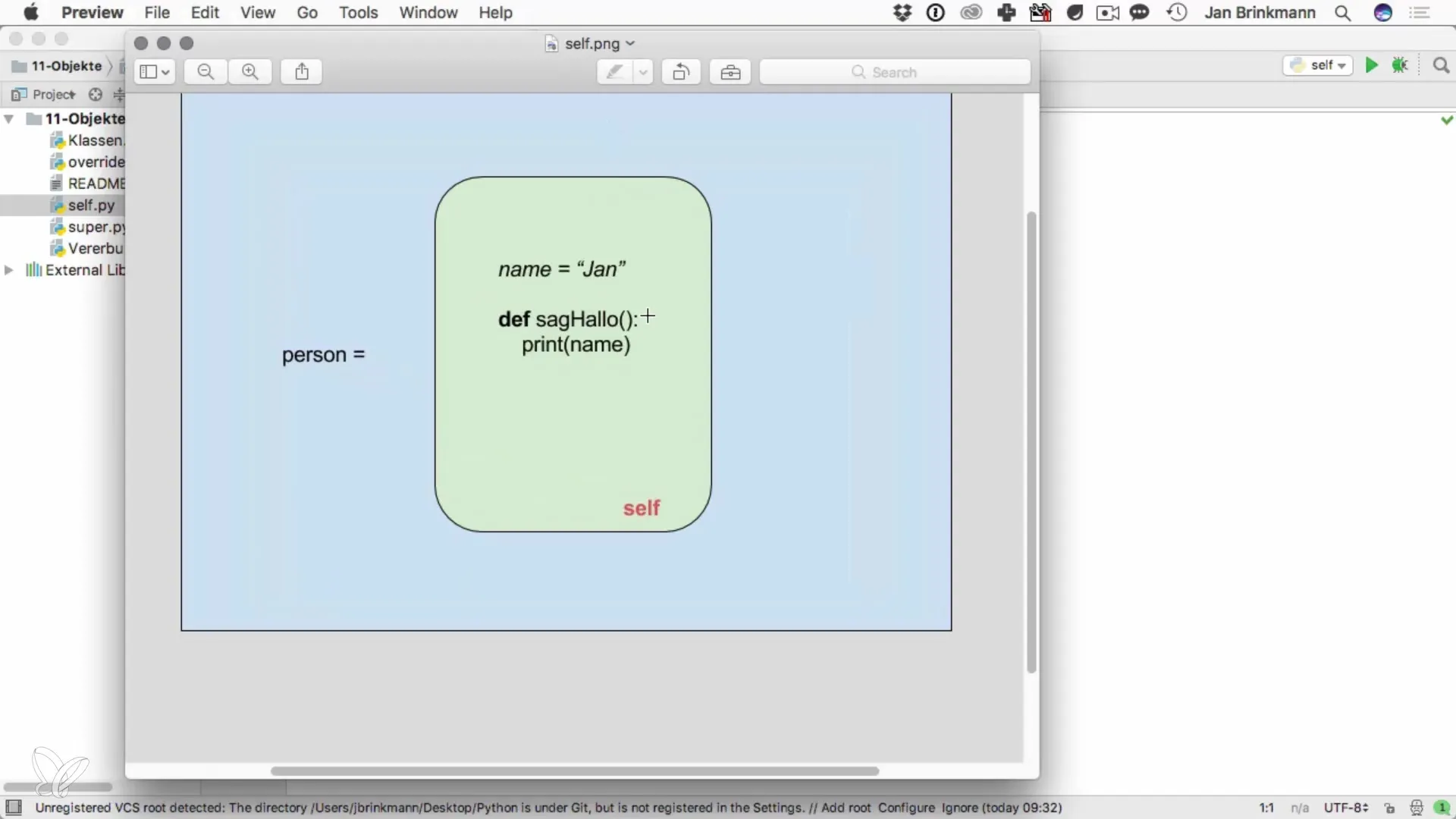
When you create an instance of this class, memory is reserved, and the object is ready to be used. Here, the variable you use for instantiation references the associated memory area.
The special thing is: When you want to access the properties or methods within the class, you need access to the current object. Since you don't know what the object will be named later when defining the class, self is the way to access this reference.
So, when you use self.name, you can access the name of the person that was stored in the initializer.
A Practical Example – The Car Class
Now let's build a practical example. We will create a class Car, which has a brand and an initializer.
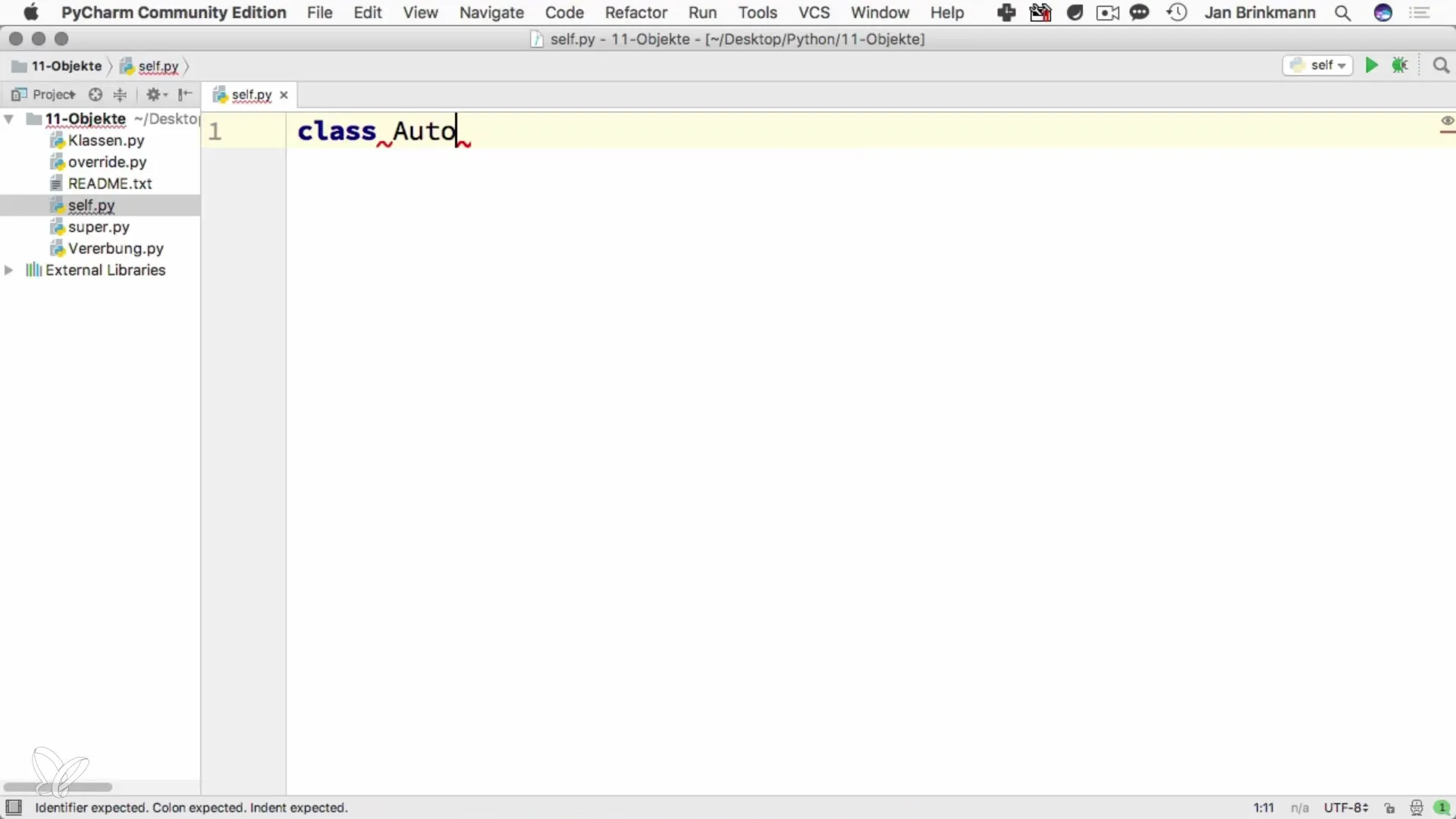
In the initializer, the parameter brand is used to set the brand of the car. This is where self comes into play. It is used in the method to assign the passed value to the instance variable.
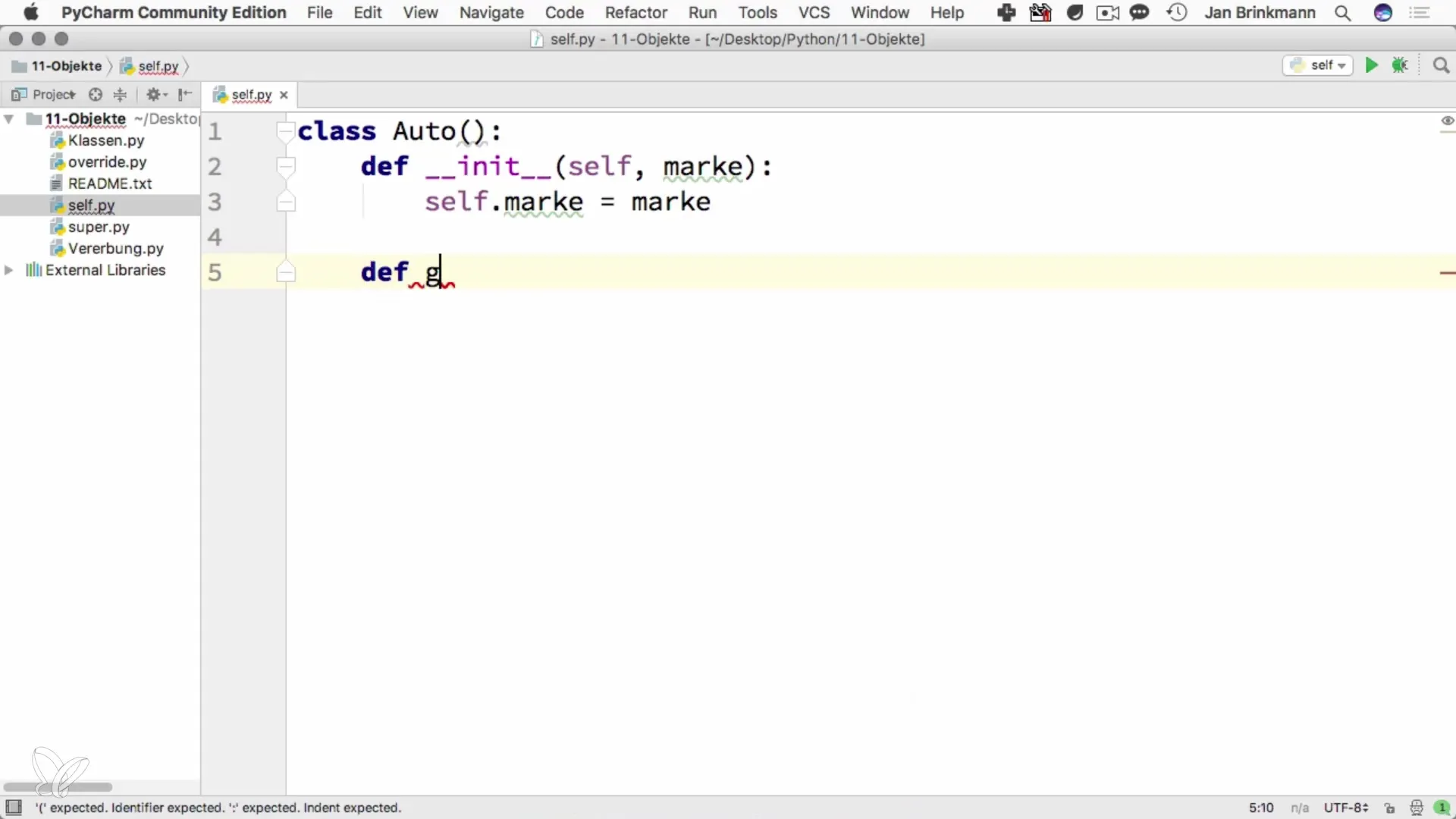
Now you can create a method get_brand that allows you to access the brand of the car. The parameter self is automatically passed when the method is called.
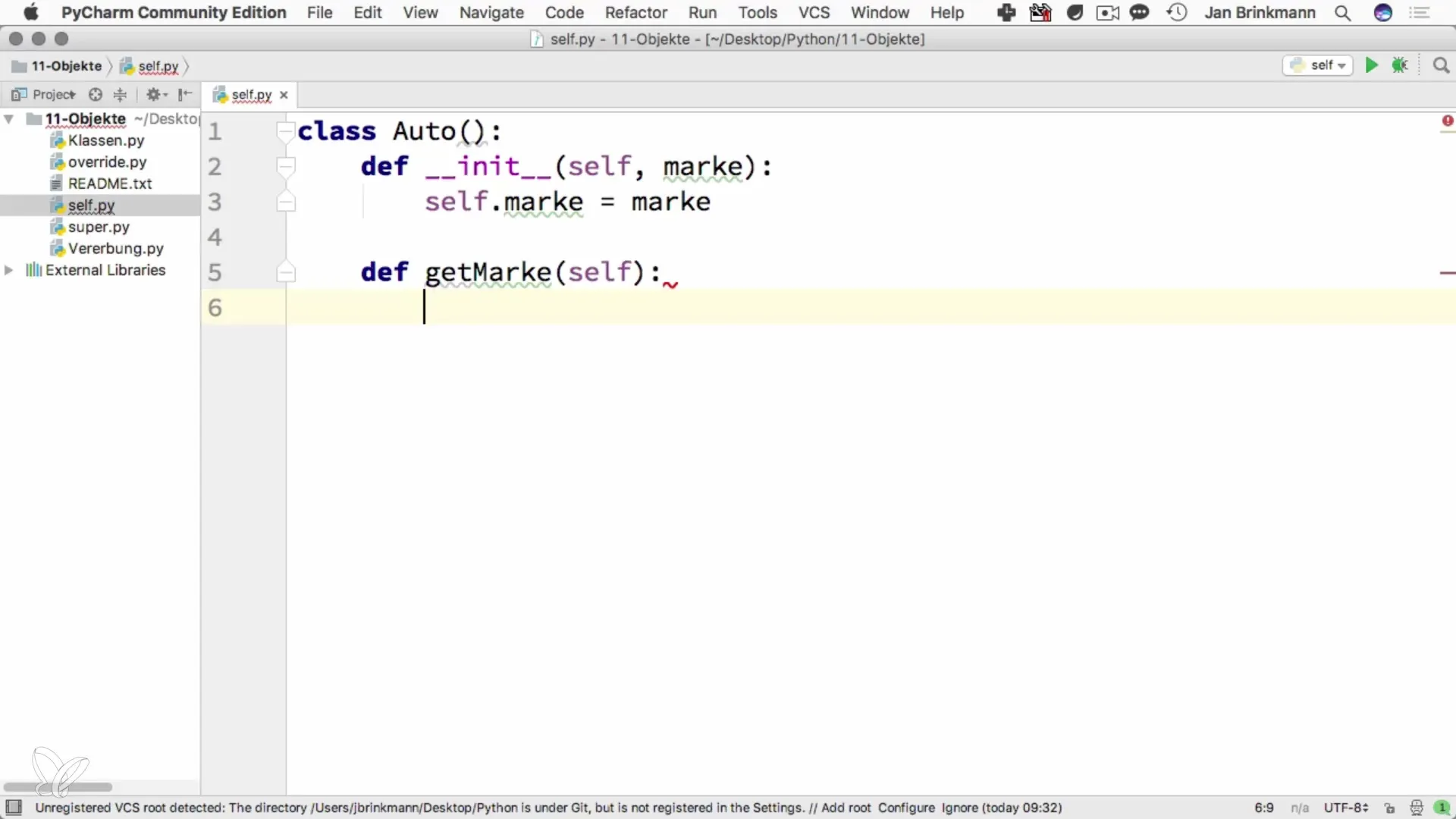
If you now create an object of the Car class, let's say tesla, and access the method get_brand, self will refer to the specific object, namely tesla.
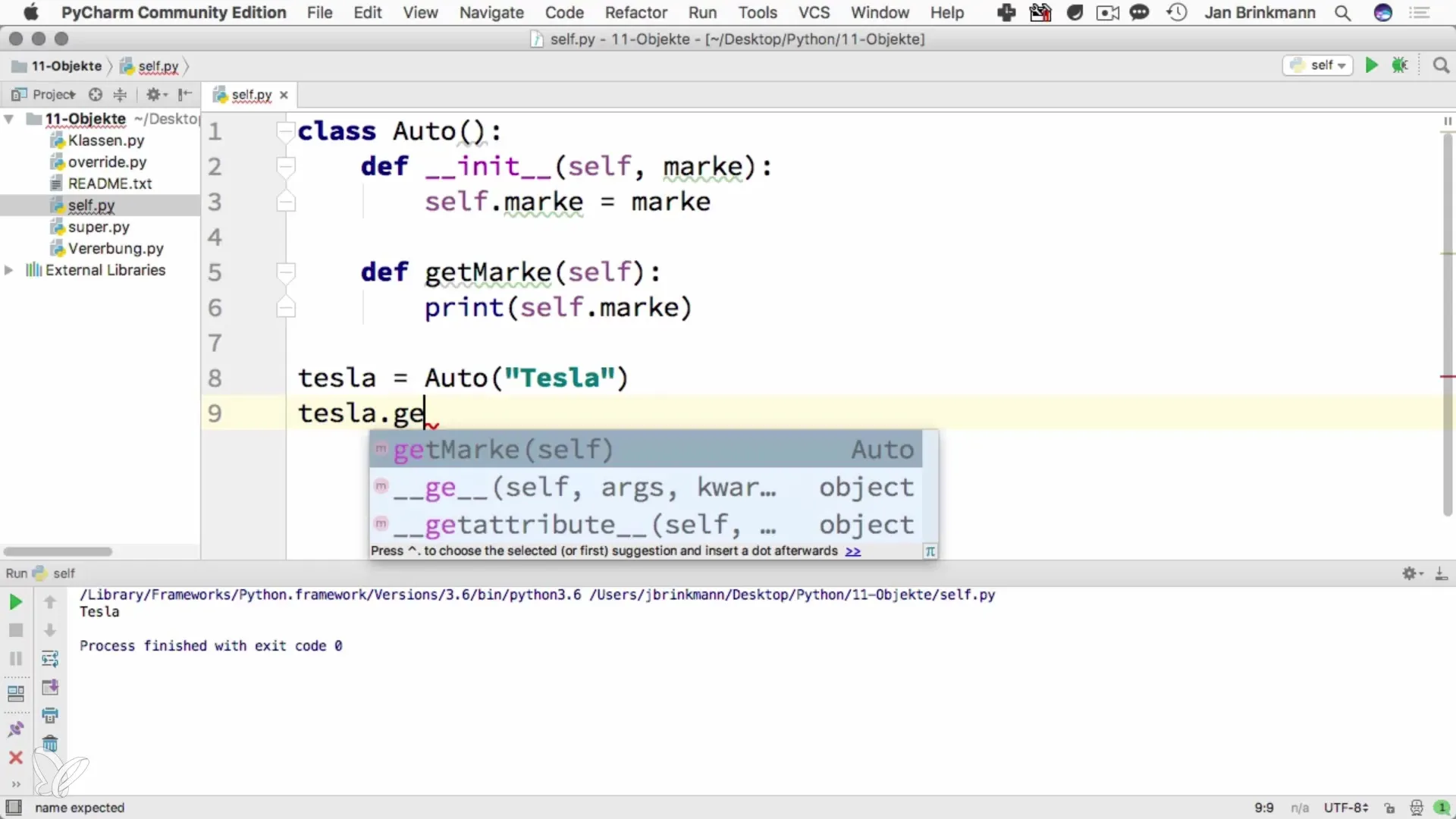
This means you can expect the method get_brand to return the value that was previously set.
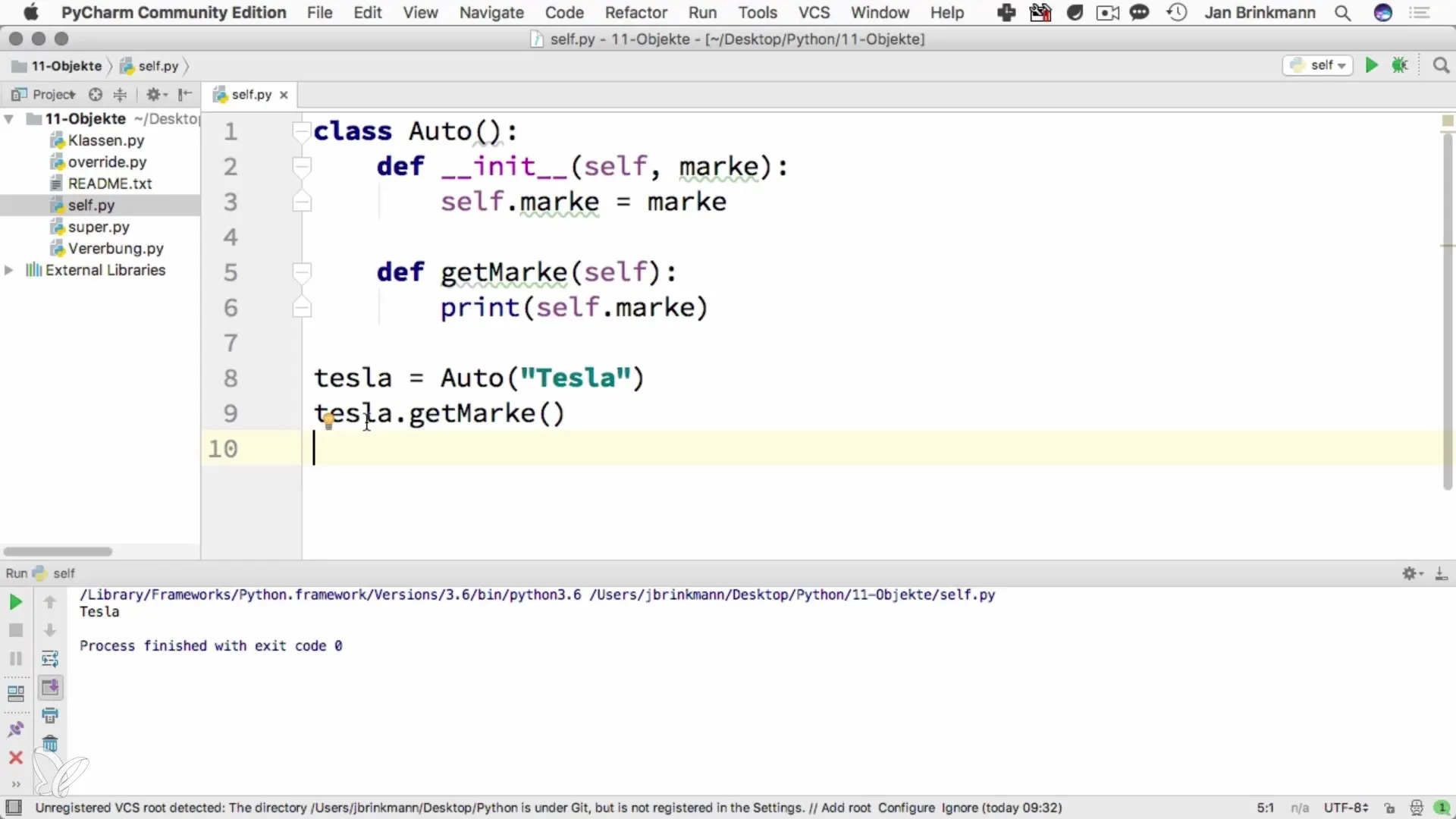
You can also call the method directly through the class by passing the object. This is not done often, but it is helpful for understanding how self works.
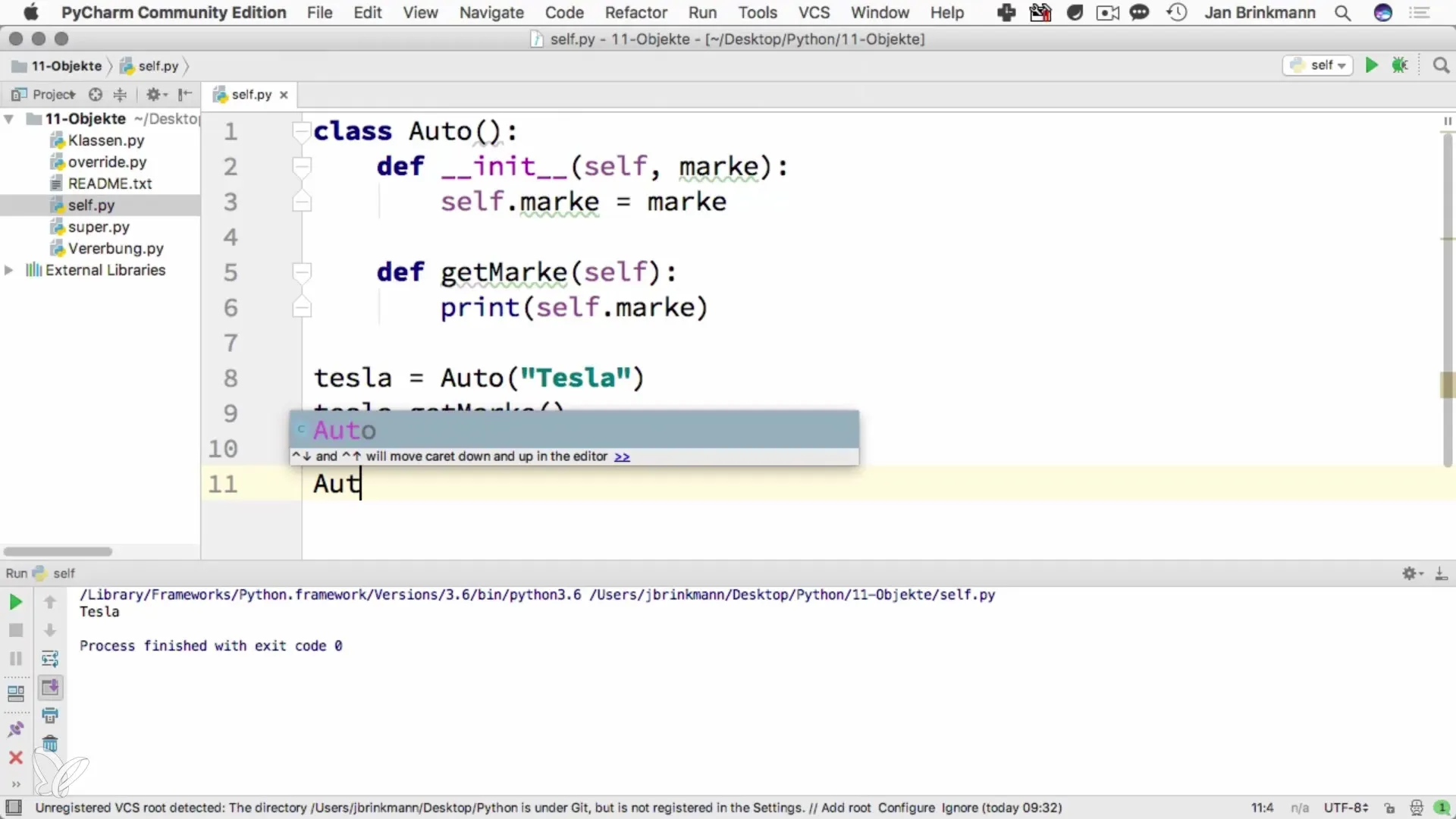
It is important to note that the standard method is to call the method through the object rather than through the class.
Summary – Mastering Self-Reference in Python
The self-reference is a fundamental concept in object-oriented programming with Python. It allows you easy access to the properties and methods of your object, both inside and outside of functions and methods. When you master the use of self in your classes, you will be able to write clearer, more functional, and maintainable classes in both your own projects and within collaborative team projects.
Frequently Asked Questions
What is self in Python?self is the first parameter in instance methods and references the current object.
Why is self important?self allows access to the properties and methods of the current object.
Can I use self in a class method?Yes, however, it is more common to call the method through the object.
How is self passed?self is automatically passed as the first parameter to instance methods.
What happens if I forget self in a method?If you forget self, you cannot access the instance variables or methods.
